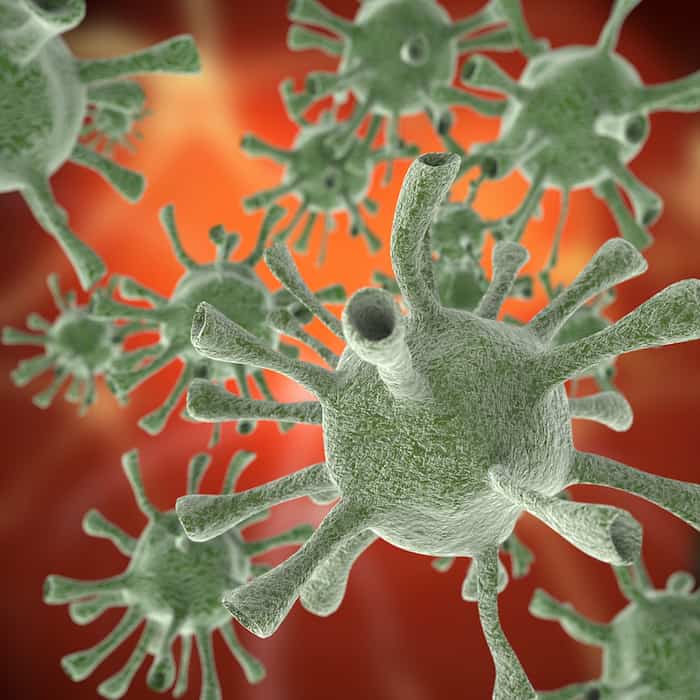Photo credit: Depositphotos
By Brad Barnes, Chief Executive Officer, OnSite Waste Technologies
American healthcare facilities create 5.9 million tons of medical waste every year, according to Practice Green Health. Trash contaminated with potentially infectious bodily fluids, among other contaminants, is a growing concern for the U.S. healthcare system as it braces for a surge in COVID-19 vaccinations. Patients and healthcare workers are going through medical supplies and disposable personal protective equipment, like face masks, at record numbers. As this pandemic progresses, it’s critical that all medical waste from COVID-19 testing and vaccination sites need to be safely – and responsibly – discarded.
Medical practices are usually able to project the amount of waste they will generate and plan accordingly due to tight regulations surrounding medical waste storage and disposal. However, in the past 12 months, practices have been forced to manage an influx of amount of waste due to COVID treatments and vaccine waste. This surplus creates a:
- More hazardous environment for medical staff
- Dramatic increase of waste needing to be stored on-site
- Increase in manual hours coordinating medical waste pickups between multiple vendors
- Significant increase in medical waste disposal costs
The medical waste disposal industry has been virtually stagnant since its inception in the 1960s. While technology has supported innovation in almost every other sector, there has been an incredible lack of innovation in how we treat, transport and dispose of medical waste. This has led to frustrated medical practices, a horrific environmental impact and a near monopoly on the transportation and disposal market, which has ultimately resulted in wildly high prices.
The United States Department of Labor (OSHA) estimates that “5.6 million workers in the healthcare industry and related occupations are at risk of occupational exposure to bloodborne pathogens (via) sharp devices or equipment such as scalpels, sutures, hypodermic needles, blood collection devices, or phlebotomy devices.”
The COVID-19 vaccine is a crucial step towards “normalcy” for the U.S., not to mention the rest of the world. However, this massive inoculation spike begs the question: what is our healthcare system going to do with the associated medical waste? If given to the entire U.S. population, the current two-dose COVID-19 vaccine would leave as many as 660 million syringes and needles in its wake. That’s enough to wrap around the Earth 1.9 times.Moreover, how are hospitals and medical establishments supposed to manage and dispose of this immense amount of waste? What are the environmental impacts? Processing the used COVID-19 vaccine syringes and needles would emit 2,362,952 pounds of carbon monoxide in the world alone.
General danger to the public is also an issue when medical waste is not segregated and disposed of properly, with toxic and infectious waste sometimes ending up in landfills or washing up on beaches. These issues are why federal, state and local governments impose regulations and fines. The integrity of medical waste producers, and potential grave financial consequences, make it critical that facilities know the law and comply.
The handling and disposal process for COVID-19 vaccines is an issue that states are evaluating. Understanding state-by-state regulations and ensuring waste generators are compliant is a daunting task. When it comes to disposal of medical waste, there are several different methods, depending on the type of material. Some of the most common:
- Incineration: Used for pathological and pharmaceutical waste.
- Autoclaving: Steam sterilization technology that fails to reduce waste volume.
- Pyrolysis: Results are similar to incineration, but more environmentally friendly and expensive
- Ozone and Microwaving: Costs are prohibitive for using on a large-scale level.
OnSite Waste Technologies is a full-service medical waste disposal company that provides safer and smarter solutions for small-scale medical waste producers to dispose of medical waste. Our industry-compliant TE 5000 desktop processing unit converts medical waste – sharps and red bags – into sterile garbage in three hours. Once treated, the now domestic-grade waste can be safely handled and disposed of in a regular trash can. The infectious waste never leaves the facility, reducing the liability associated with the traditional hauling waste method to a central location. The TE-5000 is the first-ever immediate onsite medical waste sterilization technology in the industry and facilities utilizing it are seeing a 30% reduction in costs and up to 88% reduction in their carbon footprint.
We eventually will come out of this horrific pandemic, but what the new normal will look like is still the biggest question. While it is hard to predict all possible outcomes, it is increasingly evident that dealing with medical waste will be a requirement. Organizations that are willing to re-think their acquired wisdom surrounding their medical waste processes will be in the best positions to spur change, leading the way with the steadfast adoption of more environmentally responsible and cost-effective tools.
The Editorial Team at Healthcare Business Today is made up of skilled healthcare writers and experts, led by our managing editor, Daniel Casciato, who has over 25 years of experience in healthcare writing. Since 1998, we have produced compelling and informative content for numerous publications, establishing ourselves as a trusted resource for health and wellness information. We offer readers access to fresh health, medicine, science, and technology developments and the latest in patient news, emphasizing how these developments affect our lives.








